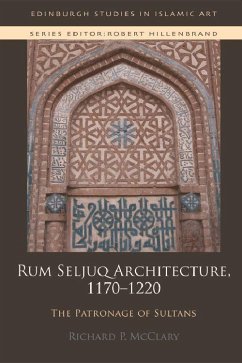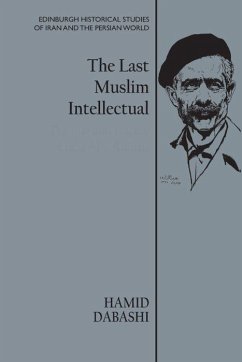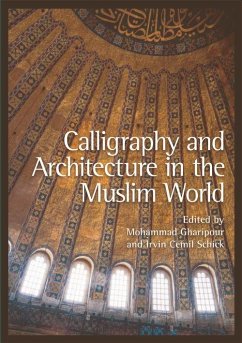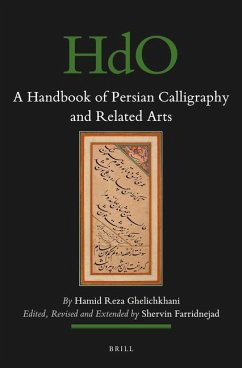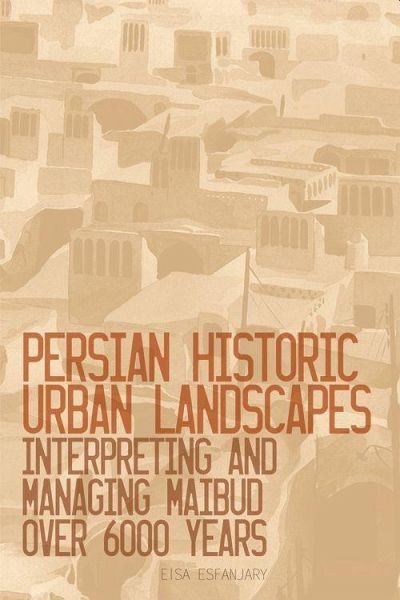
Persian Historic Urban Landscapes
Interpreting and Managing Maibud Over 6000 Years
Versandkostenfrei!
Versandfertig in über 4 Wochen
147,99 €
inkl. MwSt.
Weitere Ausgaben:

PAYBACK Punkte
74 °P sammeln!
'Ambitious and pioneering study of the evolution of an Iranian desert city over the millennia, enlivened by a deep understanding of its social context, the changing structural imperatives at work and the adaptability of brick as a building material.' Robert Hillenbrand, University of Edinburgh 'An original and exciting contribution to the history of the Iranian city. The author shows how much can be learned about changing styles of housing and urban planning in a discussion that is scholarly, but at the same time easy to read and understand. Everyone interested in the history and development o...
'Ambitious and pioneering study of the evolution of an Iranian desert city over the millennia, enlivened by a deep understanding of its social context, the changing structural imperatives at work and the adaptability of brick as a building material.' Robert Hillenbrand, University of Edinburgh 'An original and exciting contribution to the history of the Iranian city. The author shows how much can be learned about changing styles of housing and urban planning in a discussion that is scholarly, but at the same time easy to read and understand. Everyone interested in the history and development of towns in Iran will certainly need to read it.' Hugh Kennedy, SOAS, University of London 'The first work on Iranian cities that combines both a long-run account of development and a micro level of analysis.' Richard Rodger, University of Edinburgh Persian cities are part of a corridor of civilisation with settlements straddling thousands of years. Taking Maibud (Meybod) as a case study, Eisa Esfanjary traces the evolution of ancient settlements chronologically, thematically and methodologically. Maibud provides the basis from which a new interpretive approach is developed. It is a city with a history of several millennia and yet it has a scale that renders it manageable, with archaeological remains ranging across several phases of building development. An archetypal example of a middle-sized Persian city, Maibud affords insights into the entire urban landscape and its spatial, functional and morphological iterations. Within this overall picture, a methodology is developed in Persian Historic Urban Landscapes to explore various morphological elements of Maibud. The three key components of this are the town plan, the building type and construction materials. The inter-relationships between these three components are explained in order to formulate an approach to support the management and conservation of the historic urban landscape. Combining a rigorous survey and observation of the standing structures with scarce archaeological and written sources, this book sheds light on Islamic urbanism in general and particularly Islamic urbanism in Iran. Eisa Esfanjary is currently an Assistant Professor of Architectural and Urban Conservation at the Art University of Isfahan. Cover image: Shantia Zakerameli and Stuart Dalziel Cover design: Murtiza Ackuchekian and Stuart Dalziel [EUP logo] edinburghuniversitypress.com ISBN 978-1-4744-1278-0 Barcode






